Instruction
Let your head follow your body for a better release
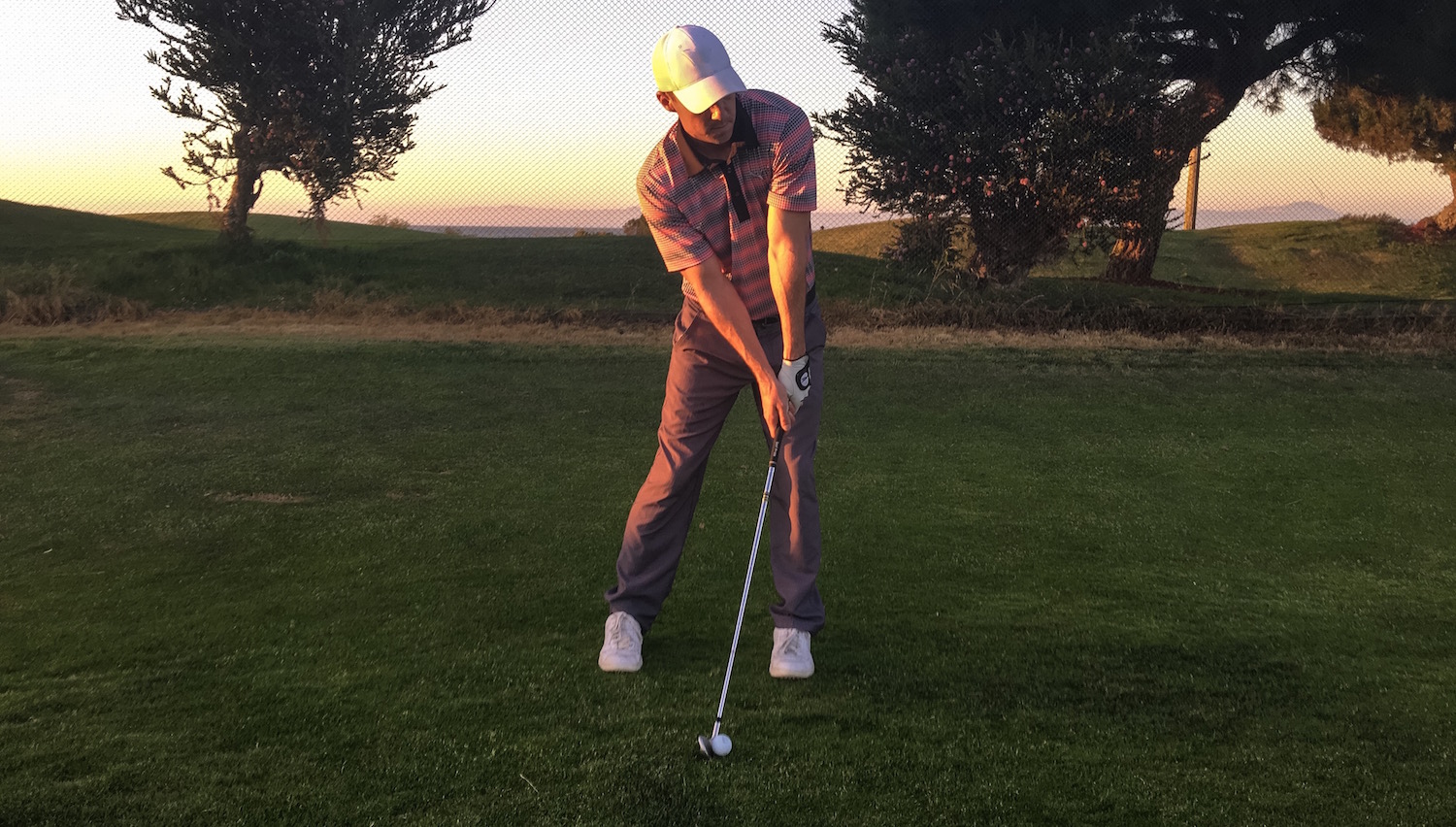
Trying to keep your head down during your downswing or follow through is a key mistake made by golfers of all skill levels. Why is letting your head go with your body so important? To start, your body will simply follow your head, and having the trail side of your the body rotate through the shot is a key component to keeping the club face square to the body; a major move for consistent, straight shots.
A demonstration of how your body follows your head is to imagine someone asking you a question or yell your name behind you. What happens? Your motor skills take effect and you turn and look. Movement occurs when electrical signals are sent by neurons from the brain and spinal cord throughout the body and then into our muscles. If we slowed down and examined the sequence of how your body moved on film, your head would begin the movement, and then your chest and body would follow.
Henrik Stenson
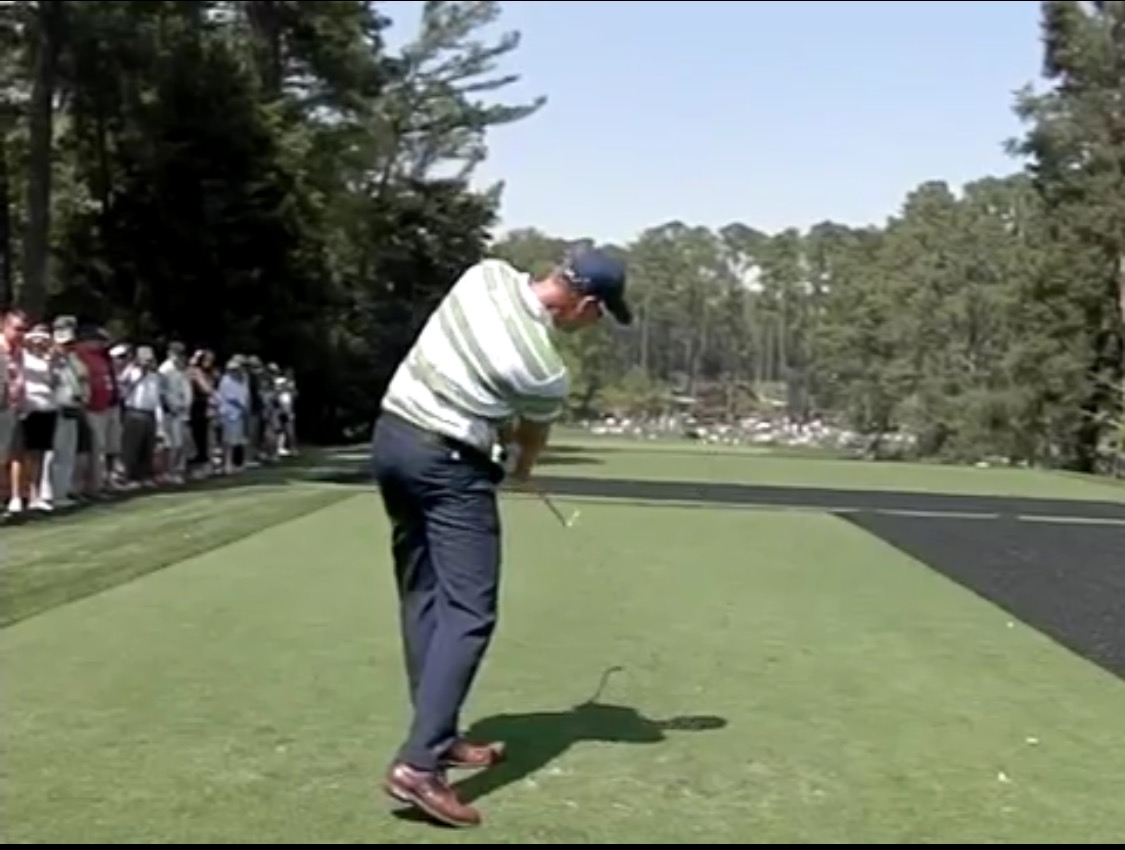
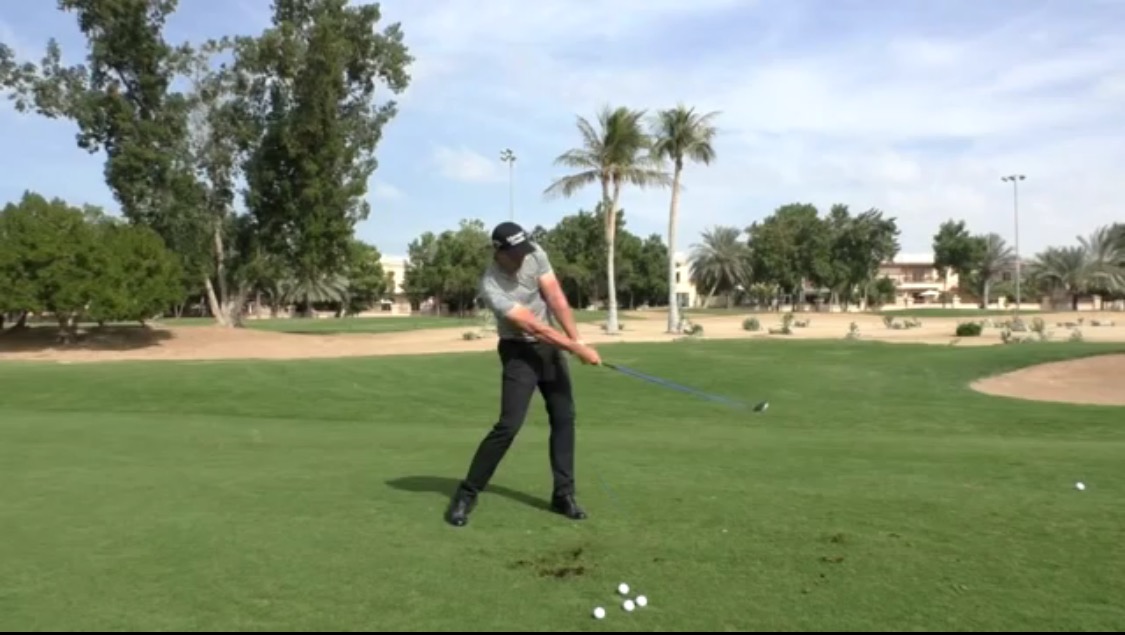
Anika Sorenstam
You will see some tour players actually start moving their heads before impact, such as a Henrik Stenson or Anika Sorenstam, two of my favorite downswing moves. Some players’ heads will directly follow their body post impact position. This is a common trait among some of the best ball strikers in the world.
The relationship between the club face and body after impact (where the club face is still square to the body) is a sign that the shaft and body have rotated in the proper sequence and there were no sequence moves or hand timing required to square the club face.
Why does head movement matter if it’s after impact? That’s a common question I hear when I’m working to get someone’s head to release or let go with their body. My answer: When our head doesn’t have the freedom to rotate with the body through the shot, in most cases, our body will stall at impact and the hands will take over.
Think of what happens when a car is going 60 mph, and then the driver slams on the breaks. As the car stops, everything in the car is flying forward. In the golf swing, the car would act as your body, and the objects in the car as your hands. As a result, you will see swings that have a lot of hand action at impact. In some cases, players will flip at the ball, which is a breaking of the wrists. Even the common chicken wing can be seen.
Fix: Look over Left Shoulder Drill
A great drill to get your trail side moving around and through the shot is to feel as if you are looking over your left shoulder at impact (if you’re left-handed, look over your right shoulder). You can rehearse this at setup or as you take a practice swing, coming down into an impact position. Practice looking early, just before impact, to make sure your right side rotates around your left, which will put you into a nice tall finish.
Drill: Nose follows the shaft
Another great practice drill is to hit soft shots with a mid iron, with the feeling of your nose following the shaft through impact. Take a mid iron and swing at 50 percent, focusing on your nose following the shaft around post impact. Make sure your head works around and toward the target, the same way the shaft moves. The head should not move under, where your right eye would fall below your left. This would cause your upper half to fall back and your right shoulder to dip.
- LIKE149
- LEGIT27
- WOW6
- LOL2
- IDHT4
- FLOP3
- OB2
- SHANK46
Instruction
The Wedge Guy: The easiest-to-learn golf basic

My golf learning began with this simple fact – if you don’t have a fundamentally sound hold on the golf club, it is practically impossible for your body to execute a fundamentally sound golf swing. I’m still a big believer that the golf swing is much easier to execute if you begin with the proper hold on the club.
As you might imagine, I come into contact with hundreds of golfers of all skill levels. And it is very rare to see a good player with a bad hold on the golf club. There are some exceptions, for sure, but they are very few and very far between, and they typically have beat so many balls with their poor grip that they’ve found a way to work around it.
The reality of biophysics is that the body moves only in certain ways – and the particulars of the way you hold the golf club can totally prevent a sound swing motion that allows the club to release properly through the impact zone. The wonderful thing is that anyone can learn how to put a fundamentally sound hold on the golf club, and you can practice it anywhere your hands are not otherwise engaged, like watching TV or just sitting and relaxing.
Whether you prefer an overlap, interlock or full-finger (not baseball!) grip on the club, the same fundamentals apply. Here are the major grip faults I see most often, in the order of the frequency:
Mis-aligned hands
By this I mean that the palms of the two hands are not parallel to each other. Too many golfers have a weak left hand and strong right, or vice versa. The easiest way to learn how to hold the club with your palms aligned properly is to grip a plain wooden ruler or yardstick. It forces the hands to align properly and shows you how that feels. If you grip and re-grip a yardstick several times, then grip a club, you’ll see that the learning curve is almost immediate.
The position of the grip in the upper/left hand
I also observe many golfers who have the butt of the grip too far into the heel pad of the upper hand (the left hand for right-handed players). It’s amazing how much easier it is to release the club through the ball if even 1/4-1/2″ of the butt is beyond the left heel pad. Try this yourself to see what I mean. Swing the club freely with just your left hand and notice the difference in its release from when you hold it at the end of the grip, versus gripping down even a half inch.
To help you really understand how this works, go to the range and hit shots with your five-iron gripped down a full inch to make the club the same length as your seven-iron. You will probably see an amazing shot shape difference, and likely not see as much distance loss as you would expect.
Too much lower (right) hand on the club
It seems like almost all golfers of 8-10 handicap or higher have the club too far into the palm of the lower hand, because that feels “good” if you are trying to control the path of the clubhead to the ball. But the golf swing is not an effort to hit at the ball – it is a swing of the club. The proper hold on the club has the grip underneath the pad at the base of the fingers. This will likely feel “weak” to you — like you cannot control the club like that. EXACTLY. You should not be trying to control the club with your lower/master hand.
Gripping too tightly
Nearly all golfers hold the club too tightly, which tenses up the forearms and prevents a proper release of the club through impact. In order for the club to move back and through properly, you must feel that the club is controlled by the last three fingers of the upper hand, and the middle two fingers of the lower hand. If you engage your thumbs and forefingers in “holding” the club, the result will almost always be a grip that is too tight. Try this for yourself. Hold the club in your upper hand only, and squeeze firmly with just the last three fingers, with the forefinger and thumb off the club entirely. You have good control, but your forearms are not tense. Then begin to squeeze down with your thumb and forefinger and observe the tensing of the entire forearm. This is the way we are made, so the key to preventing tenseness in the arms is to hold the club very lightly with the “pinchers” — the thumbs and forefingers.
So, those are what I believe are the four fundamentals of a good grip. Anyone can learn them in their home or office very quickly. There is no easier way to improve your ball striking consistency and add distance than giving more attention to the way you hold the golf club.
More from the Wedge Guy
- The Wedge Guy: Golf mastery begins with your wedge game
- The Wedge Guy: Why golf is 20 times harder than brain surgery
- The Wedge Guy: Musings on the golf ball rollback
- LIKE86
- LEGIT13
- WOW6
- LOL1
- IDHT0
- FLOP4
- OB1
- SHANK8
Instruction
Clement: Stop ripping off your swing with this drill!

Not the dreaded headcover under the armpit drill! As if your body is defective and can’t function by itself! Have you seen how incredible the human machine is with all the incredible feats of agility all kinds of athletes are accomplishing? You think your body is so defective (the good Lord is laughing his head off at you) that it needs a headcover tucked under the armpit so you can swing like T-Rex?
- LIKE0
- LEGIT2
- WOW2
- LOL0
- IDHT0
- FLOP0
- OB0
- SHANK2
Instruction
How a towel can fix your golf swing

This is a classic drill that has been used for decades. However, the world of marketed training aids has grown so much during that time that this simple practice has been virtually forgotten. Because why teach people how to play golf using everyday items when you can create and sell a product that reinforces the same thing? Nevertheless, I am here to give you helpful advice without running to the nearest Edwin Watts or adding something to your Amazon cart.
For the “scoring clubs,” having a solid connection between the arms and body during the swing, especially through impact, is paramount to creating long-lasting consistency. And keeping that connection throughout the swing helps rotate the shoulders more to generate more power to help you hit it farther. So, how does this drill work, and what will your game benefit from it? Well, let’s get into it.
Setup
You can use this for basic chip shots up to complete swings. I use this with every club in my bag, up to a 9 or 8-iron. It’s natural to create incrementally more separation between the arms and body as you progress up the set. So doing this with a high iron or a wood is not recommended.
While you set up to hit a ball, simply tuck the towel underneath both armpits. The length of the towel will determine how tight it will be across your chest but don’t make it so loose that it gets in the way of your vision. After both sides are tucked, make some focused swings, keeping both arms firmly connected to the body during the backswing and follow through. (Note: It’s normal to lose connection on your lead arm during your finishing pose.) When you’re ready, put a ball in the way of those swings and get to work.

Get a Better Shoulder Turn
Many of us struggle to have proper shoulder rotation in our golf swing, especially during long layoffs. Making a swing that is all arms and no shoulders is a surefire way to have less control with wedges and less distance with full swings. Notice how I can get in a similar-looking position in both 60° wedge photos. However, one is weak and uncontrollable, while the other is strong and connected. One allows me to use my larger muscles to create my swing, and one doesn’t. The follow-through is another critical point where having a good connection, as well as solid shoulder rotation, is a must. This drill is great for those who tend to have a “chicken wing” form in their lead arm, which happens when it becomes separated from the body through impact.
In full swings, getting your shoulders to rotate in your golf swing is a great way to reinforce proper weight distribution. If your swing is all arms, it’s much harder to get your weight to naturally shift to the inside part of your trail foot in the backswing. Sure, you could make the mistake of “sliding” to get weight on your back foot, but that doesn’t fix the issue. You must turn into your trial leg to generate power. Additionally, look at the difference in separation between my hands and my head in the 8-iron examples. The green picture has more separation and has my hands lower. This will help me lessen my angle of attack and make it easier to hit the inside part of the golf ball, rather than the over-the-top move that the other picture produces.


Stay Better Connected in the Backswing
When you don’t keep everything in your upper body working as one, getting to a good spot at the top of your swing is very hard to do. It would take impeccable timing along with great hand-eye coordination to hit quality shots with any sort of regularity if the arms are working separately from the body.
Notice in the red pictures of both my 60-degree wedge and 8-iron how high my hands are and the fact you can clearly see my shoulder through the gap in my arms. That has happened because the right arm, just above my elbow, has become totally disconnected from my body. That separation causes me to lift my hands as well as lose some of the extension in my left arm. This has been corrected in the green pictures by using this drill to reinforce that connection. It will also make you focus on keeping the lead arm close to your body as well. Because the moment either one loses that relationship, the towel falls.


Conclusion
I have been diligent this year in finding a few drills that target some of the issues that plague my golf game; either by simply forgetting fundamental things or by coming to terms with the faults that have bitten me my whole career. I have found that having a few drills to fall back on to reinforce certain feelings helps me find my game a little easier, and the “towel drill” is most definitely one of them.
- LIKE12
- LEGIT2
- WOW2
- LOL0
- IDHT0
- FLOP2
- OB0
- SHANK8
-

 19th Hole1 week ago
19th Hole1 week agoDave Portnoy places monstrous outright bet for the 2024 Masters
-

 19th Hole3 weeks ago
19th Hole3 weeks agoThings got heated at the Houston Open between Tony Finau and Alejandro Tosti. Here’s why
-

 19th Hole2 weeks ago
19th Hole2 weeks agoTiger Woods arrives at 2024 Masters equipped with a putter that may surprise you
-

 19th Hole2 weeks ago
19th Hole2 weeks agoReport: Tiger Woods has ‘eliminated sex’ in preparation for the 2024 Masters
-

 19th Hole5 days ago
19th Hole5 days agoTwo star names reportedly blanked Jon Rahm all week at the Masters
-

 19th Hole5 days ago
19th Hole5 days agoNeal Shipley presser ends in awkward fashion after reporter claims Tiger handed him note on 8th fairway
-

 19th Hole4 days ago
19th Hole4 days agoReport: LIV Golf identifies latest star name they hope to sign to breakaway tour
-

 19th Hole3 weeks ago
19th Hole3 weeks agoAddiction, spinal fusion, and scam artists – Everything Anthony Kim revealed in candid interview with David Feherty

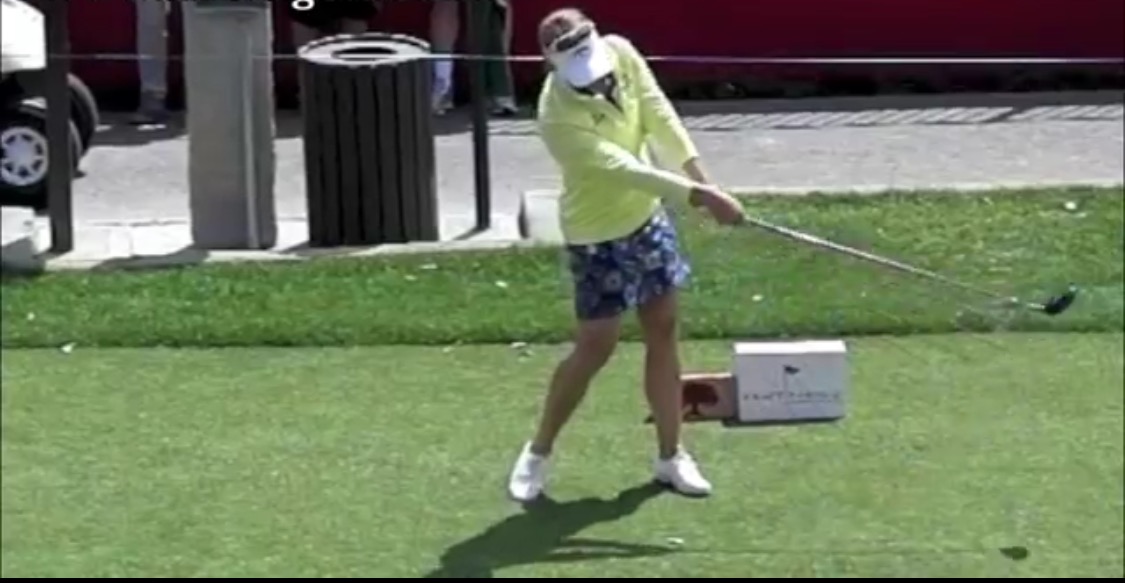
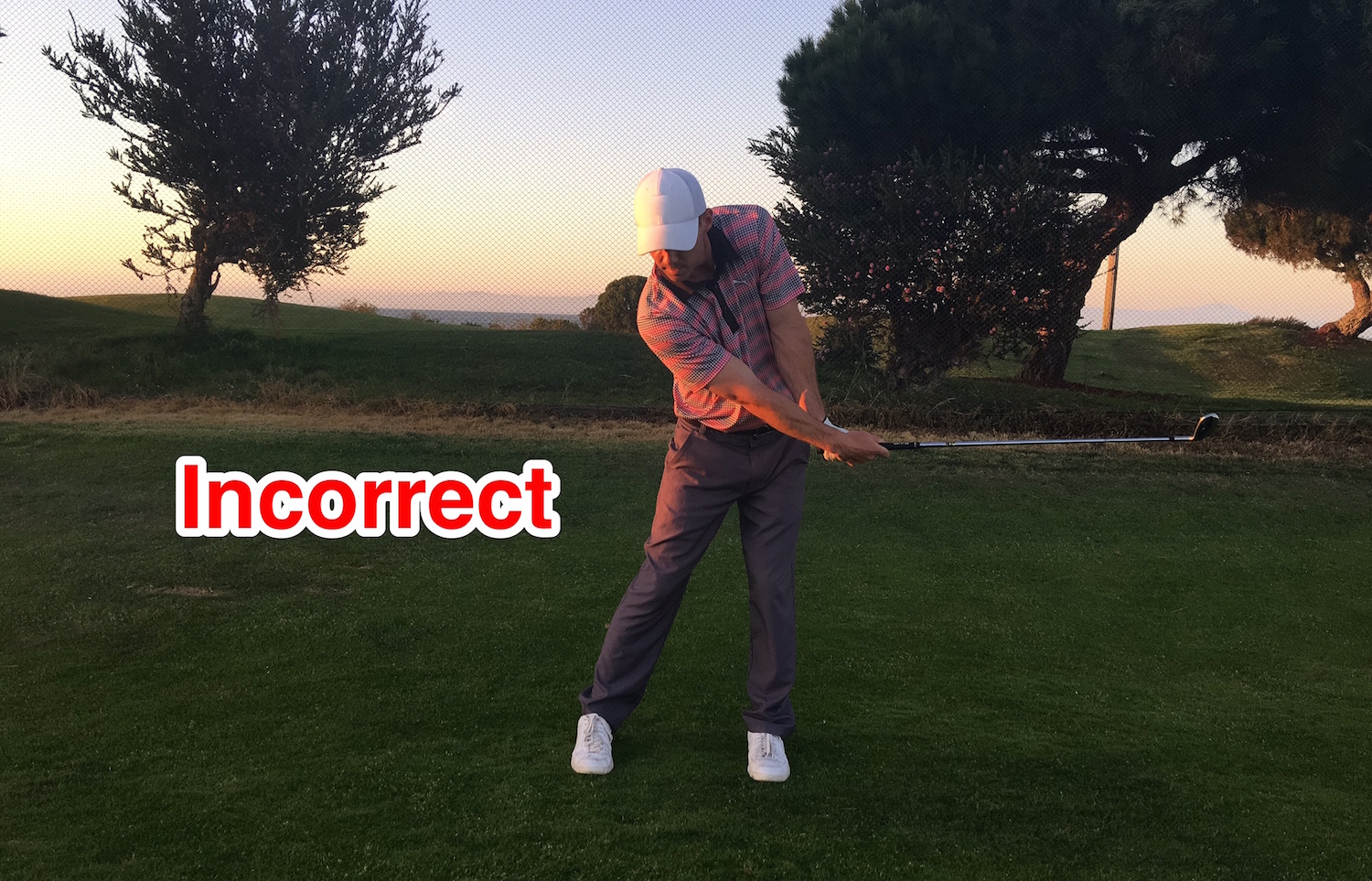

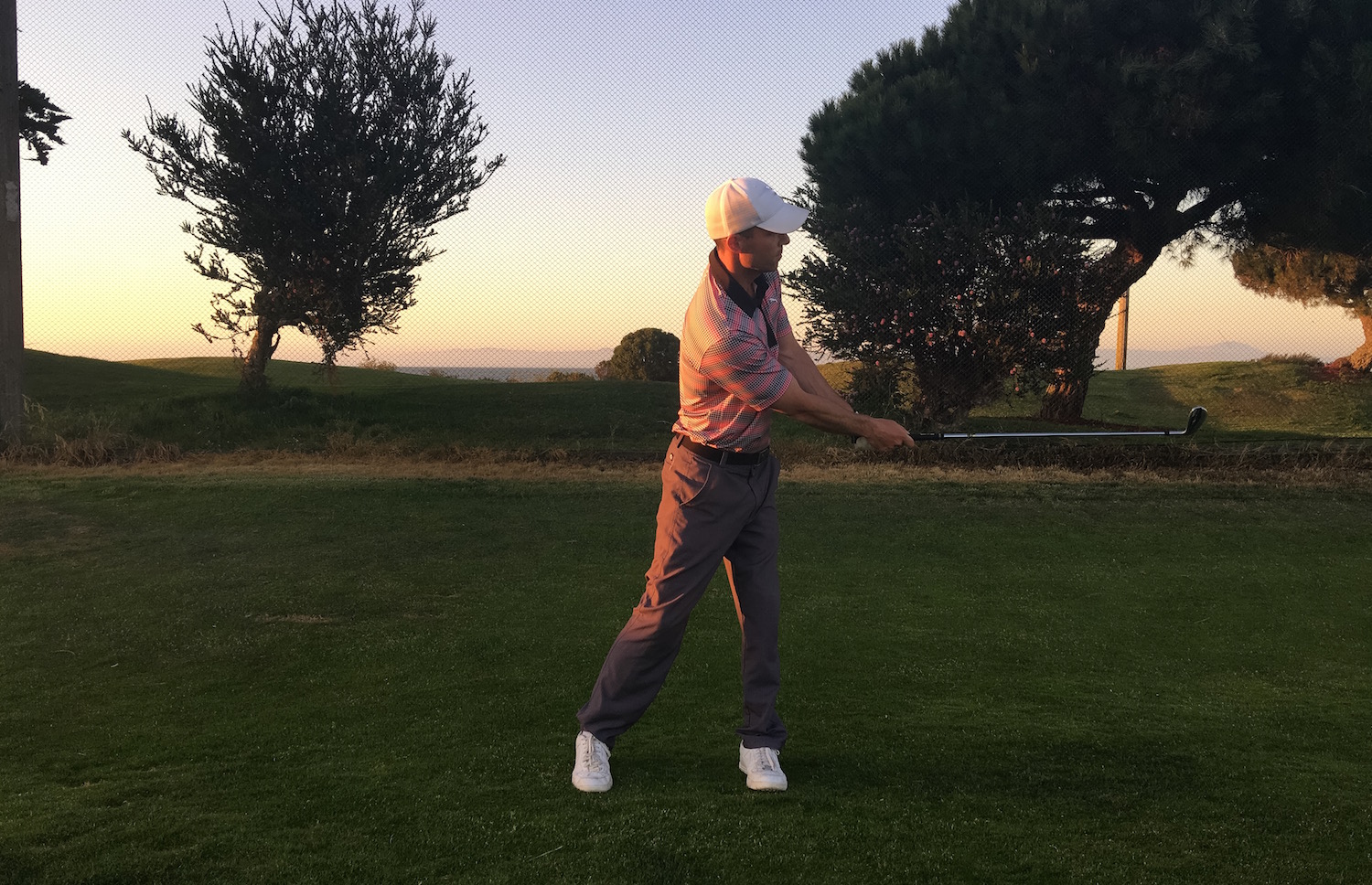














dctheobald
Apr 1, 2020 at 12:35 am
I buy this. People that disagree with this theory are either super flexible (lucky you) or confuse head rotation/swivel with a body slide getting the head in front of ball before impact. You can certainly and freely hit the ball without staring it down squarely at impact.
James T
May 19, 2018 at 8:23 pm
And a World #1 used to do it when he was on tour. David Duval.
Mike
Sep 6, 2016 at 3:48 pm
http://www.benhogangolf.com/mas_assets/theme/ben_hogan/images/content/Downswing.jpg
See link above. Ben Hogan is well past striking the ball and his head did not ” follow the shot”.
I rank him as the best shot maker ever.
Taylor59
Sep 3, 2016 at 10:56 am
Hogan, Nicklaus and Woods all kept their head down…. if you wana blow smoke bud, go have dart.
Kelvin Kelley
Sep 3, 2016 at 1:21 pm
Plenty of other great players kept their head down as well. More then one way to swing a club. I just recommend/teach the most efficient way to swing and easiest on your body. However I have plenty of video of hogans head following his body, depends on era as well, bud.
Mike Davis
Sep 2, 2016 at 11:04 pm
I enjoyed the article. I will try using this in a drill format while attempting to help train the hips to clear first. Thanks, Kelvin.
Dave R
Aug 30, 2016 at 11:54 am
Great post
Kelvin Kelley
Sep 3, 2016 at 1:08 pm
Glad you enjoyed it Dave
Steve S
Aug 29, 2016 at 5:01 pm
To me this all depends on your flexibility. Langer is old like me and his head turns a little. So does mine. But I start with it cocked to the right with my left eye on the ball. On my “good” shots I “see” impact as my head rotates up to the left. On bad shots I come over the top and my head is up before impact. It’s all about timing and staying loose and relaxed. Swing “freely, fluidly and fast” as Ron Sisson says…
Bob Jones
Aug 29, 2016 at 1:54 pm
See: Patrick Reed.
Joe Brennan
Aug 29, 2016 at 1:51 pm
Another helpful tip.. Thank you, I worked on this earlier today and WOW did it help… Please keep them coming…
Tutone T
Aug 29, 2016 at 12:00 pm
Not buying this either. My left shoulder goes with the head throwing off the impact.
Staying quiet and letting the arms go past my head before looking up, way better results.
george
Aug 29, 2016 at 5:21 am
i ment trevino not trevon
george
Aug 29, 2016 at 5:21 am
Just about every good player kept their head down. Quick google picture search nicklaus impact or trevon impact.
So you got two examples, Stenson and Sorenstam? I’ve got ten proving it otherwise.
jacob
Aug 29, 2016 at 4:02 pm
Take up tennis
vince guest
Aug 29, 2016 at 4:31 am
A golf coach called Ron del Barrio uses head movement like this as a fundamental to his teaching. One example on the Seniors tour would be Bernhard Langer who lets his head rotate to the right in the backswing and back to the target in the through swing.
Sometimes a Smizzle
Aug 28, 2016 at 11:18 am
Sadlowski and Rory will disagree with you. Head goes backwards just before impact.
Brian K
Aug 28, 2016 at 9:29 am
I completely disagree with this article. Henrik or Anica, They are top professional golfer who have skills striking the ball correctly whether their head down or not. But for the amateur? If you teach head moving together, they will move head well before striking the ball, just making poor shot. I have seen and taught hundreds of student and having way better results with head down.
When majority of pro golfer head down, is it right using the word “incorrect”?
jacob
Aug 29, 2016 at 4:00 pm
Great article….those who don’t get it don’t fully understand the golf swing
Kelvin Kelley
Sep 3, 2016 at 1:09 pm
Jacob, glad you enjoyed the article
cgasucks
Aug 27, 2016 at 9:04 pm
DJ does it too (but it seems only when he’s on the driving range).